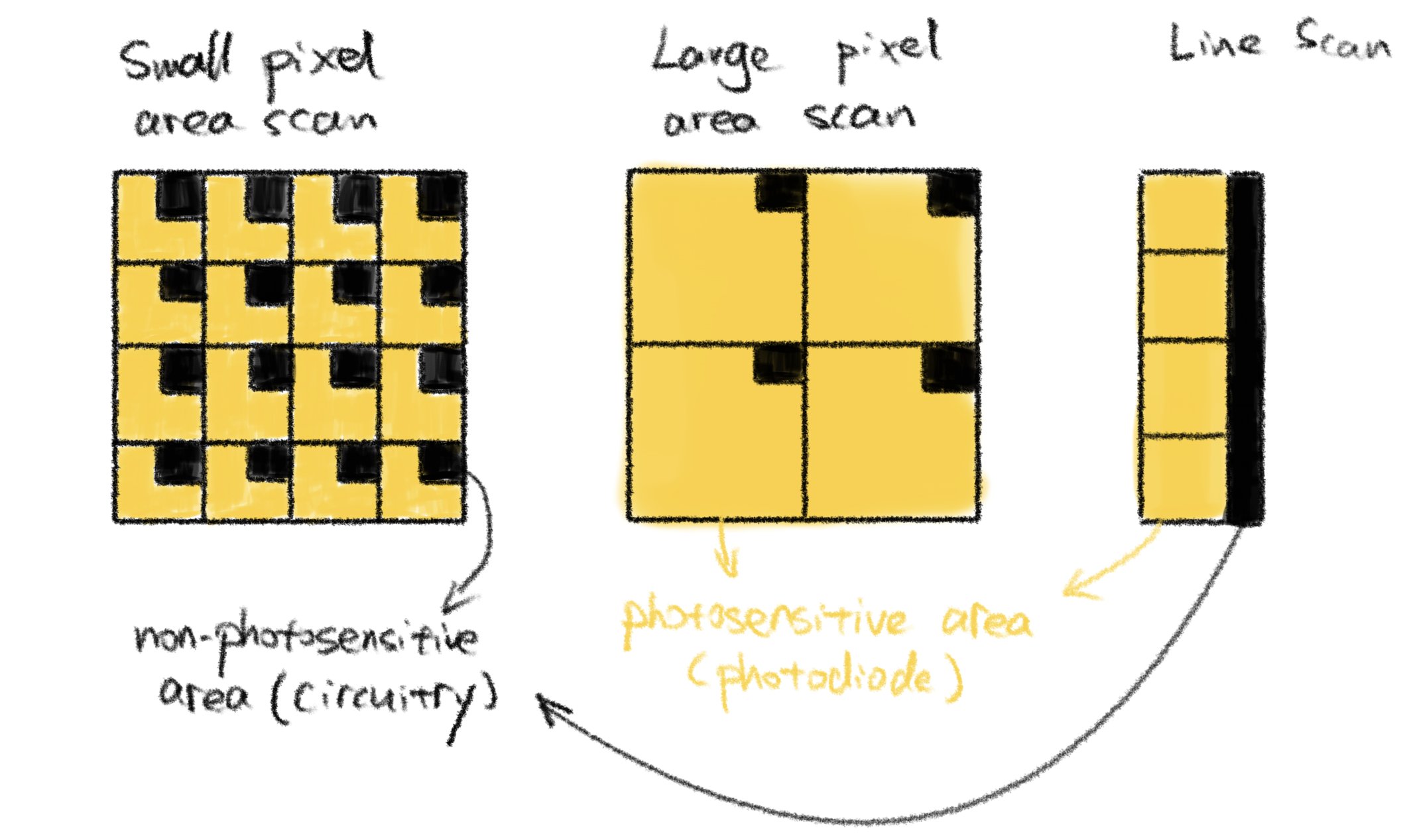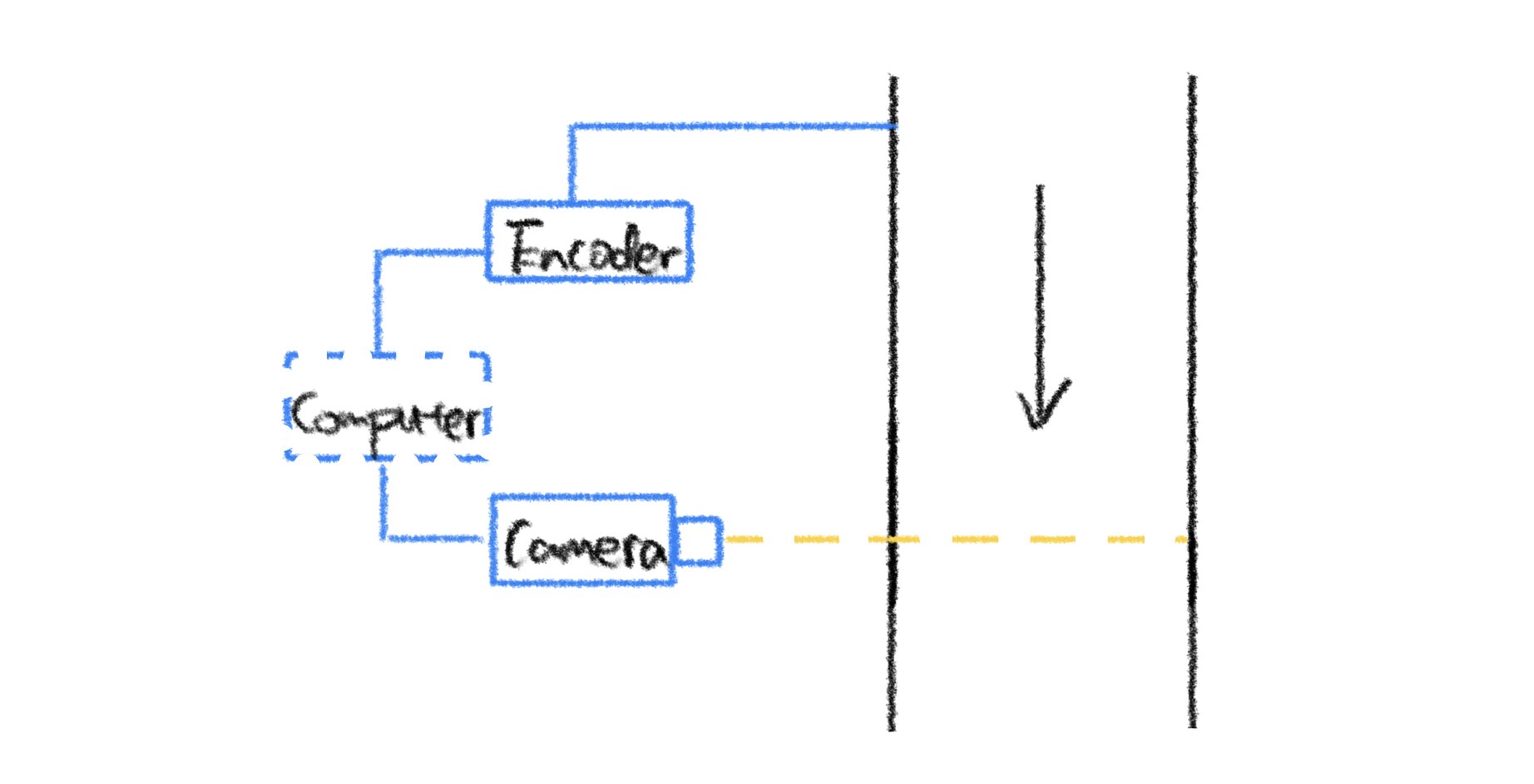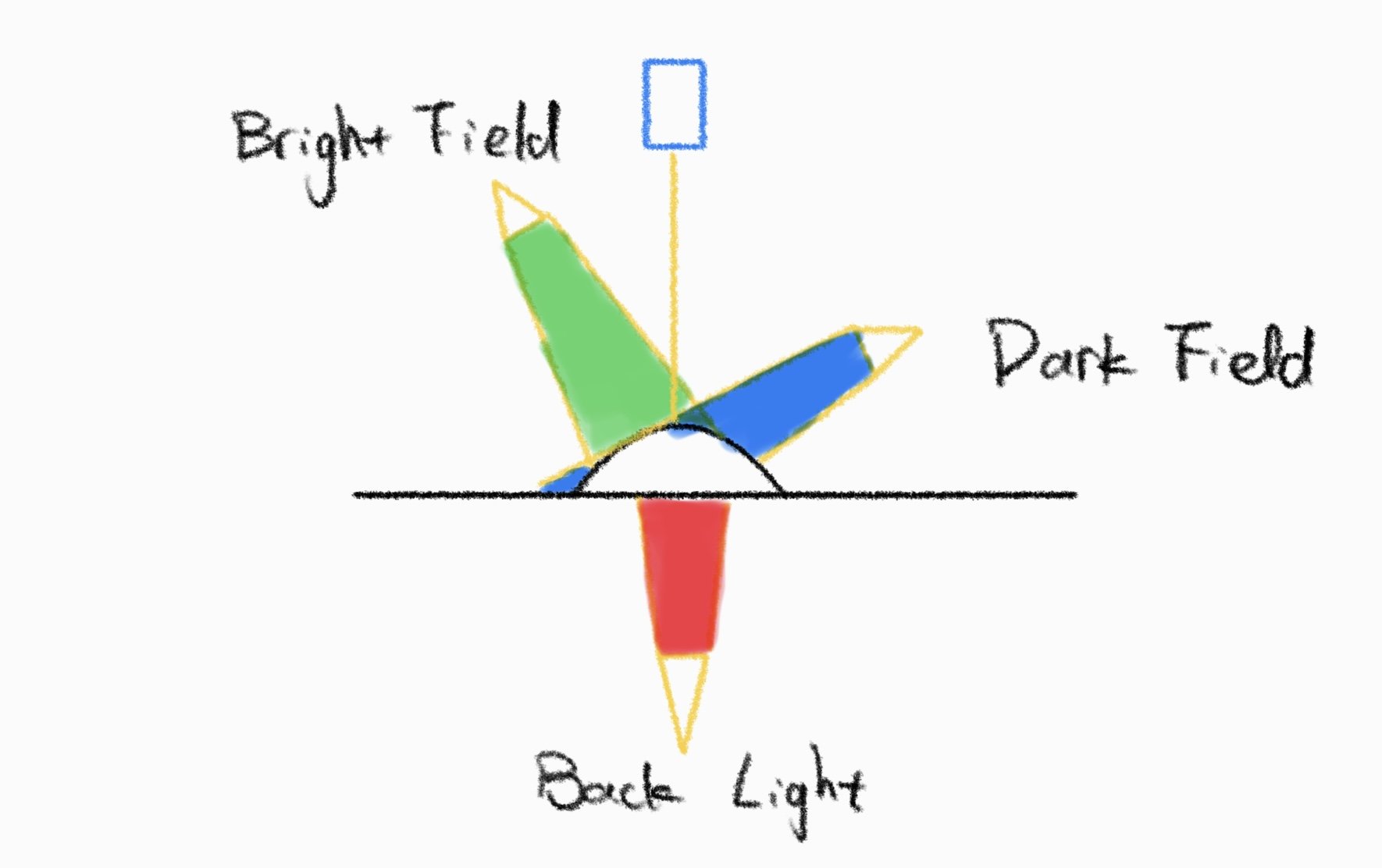What is Line Scan Camera?
A line scan camera is a digital camera that captures images one line at a time. Unlike traditional cameras, which capture an entire image simultaneously, line scan cameras capture images using a single row of pixels. As the object being imaged moves past the camera, the camera captures a series of lines, which are then stitched together to form a complete image.
Characteristics of Line Scan Camera
High Speed. Line scan cameras are typically used when the object moves extremely fast (faster than normal area camera strobing capability). High-speed conveyor belt production line inspections and winner selection at sporting race finish lines are two common use cases of line scan cameras. The big fill factor of the line scan camera contributes greatly to the speed. The fill factor measures the ratio of the active pixel area to the total pixel area. See the image below. A higher fill factor means more light can be captured, resulting in shorter exposure times. Additionally, a higher fill factor can reduce noise in the image, as there is less empty space between the pixels. Therefore, a high fill factor is crucial for high-speed imaging as it helps to ensure that the camera can capture enough light to produce high-quality images, even when the exposure time is very short.
Bigger Pixel Size. Line scan sensors typically have two times or more pixels size compared to area scan cameras. Like a high fill factor, a bigger pixel size results in higher photosensitivity. Bigger pixels allow for better dynamic range, meaning the camera can capture a broader range of brightness levels in a single shot. This is particularly useful in high-contrast scenes. Additionally, bigger pixels are generally less affected by diffraction, which can occur when using smaller apertures, leading to sharper images.
Less Complicated Illumination Design. This is because line cameras capture images line-by-line, meaning that a narrow light strip can illuminate the object being imaged. In contrast, area cameras require more uniform illumination over the entire field of view to ensure even exposure of the entire image. A single linear light source can be used with line cameras, which can be much simpler to set up and maintain than the complex illumination systems required for area cameras. Additionally, since line cameras capture images rapidly, they can be used to image moving objects without motion blur, further simplifying the illumination setup.
Requires external signals for synchronization. The external signal triggers the camera to begin capturing each line of the image at the correct time. This synchronization signal is typically generated by an external device, such as a motion controller, which ensures that the camera captures the image at the right moment as the object moves past. Without proper synchronization, the resulting image can appear distorted or incomplete.
Advanced Applications
Time Delayed Integration (TDI) & Contact Image Sensor (CIS). TDI and CIS are special line scan imaging technologies that target extreme speed applications. TDI cameras achieve this by using multiple exposure times for each line of the image, allowing them to capture more light and produce images with less noise. CIS, on the other hand, are flatbed scanners that use a line sensor to capture high-resolution images of documents and other flat objects.
Multi-Source Imaging. This refers to alternate strobes to build multiple images with one line scan camera. See the image below.
Super-Resolution. Traditionally, there are two ways to increase resolutions for a line scan camera. Either one can increase the area of a sensor or shrink the pixel size to fit more pixels. Both methods are technically and economically not recommended. However, with offset pixels, each pixel captures light from multiple lines, effectively increasing the resolution of the resulting image. Offset pixels refer to the position of each pixel row that is shifted slightly to the adjacent rows. For example, two 16k image sensors can be reconstructed into a 32k sensor with almost the same camera form factor.
Conclusion
In conclusion, line scan cameras offer a powerful imaging solution for various applications. By capturing images line-by-line, they enable high-speed imaging of moving objects while simplifying the illumination requirements compared to area cameras. With their ability to capture thousands of lines per second, line scan cameras can produce highly detailed images with exceptional image quality and low noise. However, they require external synchronization signals to ensure accurate and complete image capture. Overall, line scan cameras are a versatile and practical imaging technology used in manufacturing, quality control, scientific research, and other fields that require high-speed, high-quality imaging of moving objects.



